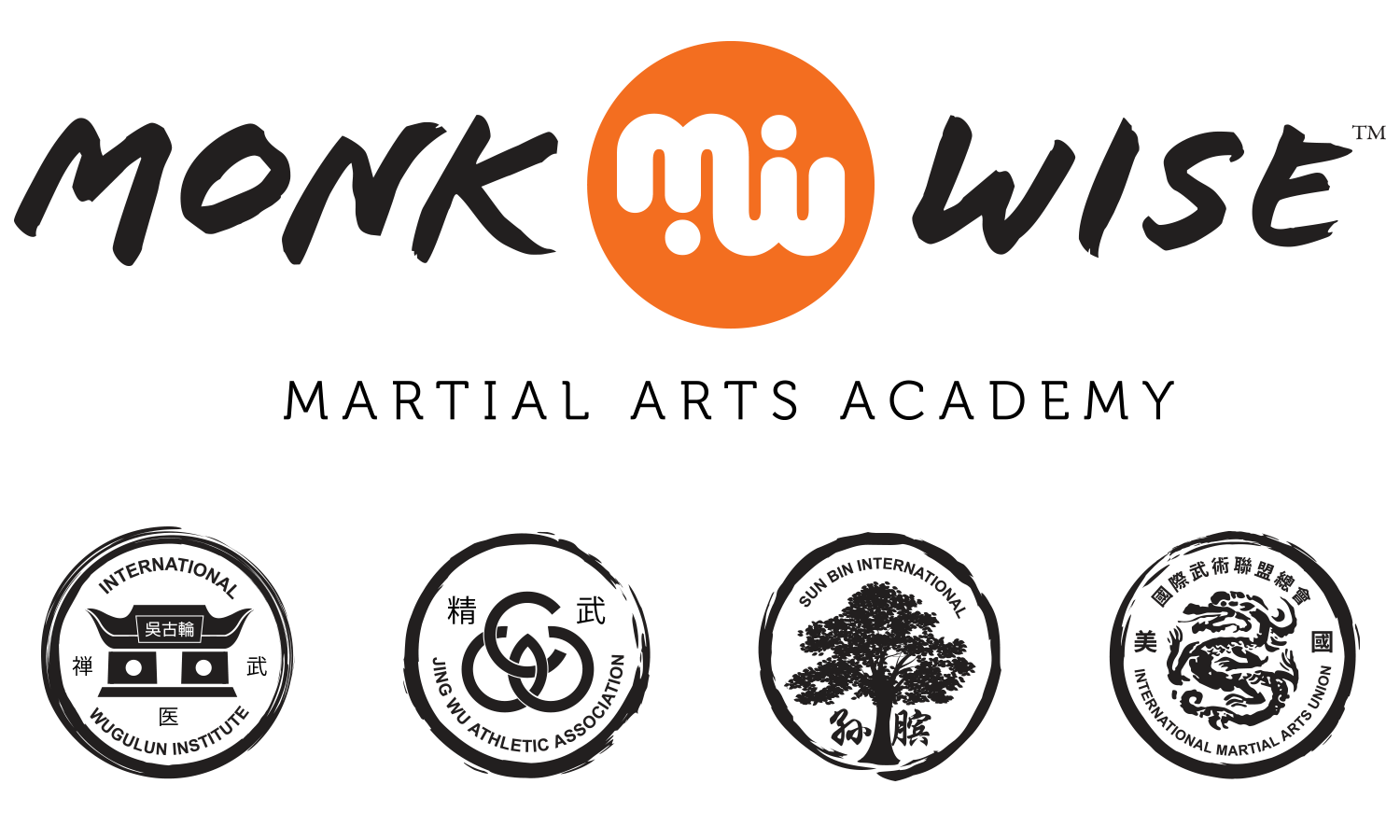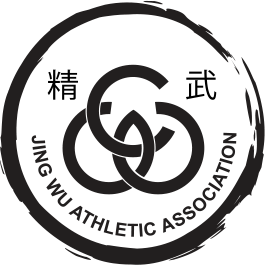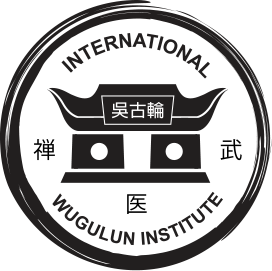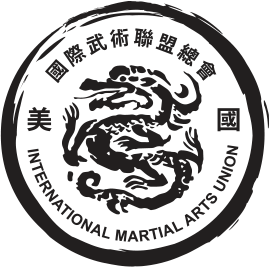Health and Wellness in Traditional Chinese Martial Arts and Medicine
/By Leland Stillman, M.D.
Thousands of years ago, the Shaolin monastic order of China was founded to practice and advance the philosophy of Chan (in Japanese, known as Zen) Buddhism. Chan Buddhism is now known throughout the world as a philosophy devoted to peace, and has become very popular in the West. Likewise, traditional Chinese medicine has also become known throughout the world as a powerful style of healing, and now practitioners of Chinese medicine may be found in conventional Western medical schools conducting research and caring for patients. What most people still do not know is that traditional Chinese martial arts and traditional Chinese medicine are part of the same system, and that this system began with the Shaolin monks of China.
What do martial arts have to do with my health and wellness?
Gong fu (kung fu, which in Chinese means martial art) began as a system not only oriented around self defense for monks living in a dangerous world, but as a way of understanding their own bodies to promote longevity and wellness. Many of the concepts behind modern ideas of health and wellness can be found in Chinese doctrines thousands of years old.
Posture is foremost in a martial artist's mind, and many of our most debilitating diseases in the West are the result of poor posture. The careful cultivation of good posture practiced in traditional Chinese martial arts is meant to prevent the degenerative changes associated with spinal stenosis, osteoarthritis, disc degeneration, and slipped vertebral discs.
Flexibility is as important to martial arts as it is to yoga or gymnastics. Flexibility has everything to do with how well we resist injury to our limbs and connective tissues. Stretching has a positive anti-inflammatory on the body and a positive effect on mood. Many people practicing conventional sports do not maintain their flexibility, and when they suffer an injury they can no longer practice. They become sedentary, lose more flexibility, gain weight, and cannot perform to the same level again.
Stress has been well studied as a contributor to disease and ill-health, which has led many people in the West to embrace Eastern arts that seek to calm the mind and balance their emotions. Yoga is often practiced by people in the West for its positive effects on mood. It is not well known that many of the same principles that have made yoga popular for this reason are common to traditional Chinese martial arts. Many of the classes at Monkwise teach this gentle, spiritual approach to the physical.
Health problems tend to compound and accumulate over time. Growing old is a gradual process. Posture, flexibility, stress, and many other factors wear the body down day by day. Maintaining posture, flexibility, and a positive attitude is what traditional Chinese martial arts and medicine have, over thousands of years, been designed to do. Ask at Monkwise about your masters and their most dedicated students, or see them for yourself when they visit, you will see and hear about people living to advanced age in excellent health. They do not need spinal surgeries, joint replacements, or joint surgeries that nearly everyone in the West has at some point in their lives. This has been the norm for thousands of years, over many generations of masters.
Chinese martial arts, particularly Tai Chi, have become the subject of many studies recently, most of which have examined their effects on everything from blood pressure to mobility. These studies have consistently shown the positive effects that traditional martial arts have on one's health. People are increasingly turning to these traditions to find health and balance in their lives.
-Doctor Stillman has been a student at Monk Wise since 2010 making the trip from Virginia, his home, as often as he can to continue his understanding of Chinese Martial Arts.
Come find out how Chinese martial arts can fit into your busy schedule and help you lead a happier, fuller life. Our curriculum provides a variety of classes at two locations, including private instruction with masters who can help find the curriculum that meets your needs, lifestyle, and skill level.
-Leland Stillman, M.D.













